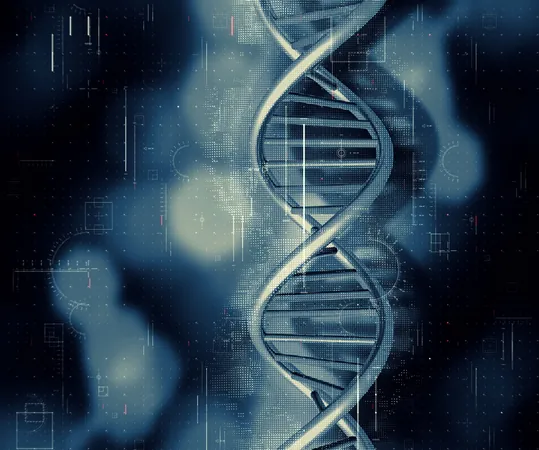
Revolutionary ‘Dark Photon’ Theory Could Redefine Our Understanding of Light
2025-05-10
Author: Yu
Challenging the Fundamentals of Quantum Physics
For centuries, light has puzzled scientists, behaving like both a wave and a particle. This duality is central to quantum mechanics, and the iconic double-slit experiment has long been regarded as proof of light’s wave-like nature, revealing brilliant interference patterns. But recent research hints that we might misinterpret these patterns, suggesting a shocking paradigm shift in our understanding of light.
A Game-Changing Study
Led by Gerhard Rempe from the Max Planck Institute for Quantum Optics, a group of researchers has collaborated with institutions like the Federal University of São Carlos and ETH Zurich. They propose that we can explain the double-slit experiment purely through the behavior of quantum particles, without relying solely on wave interpretations.
From Wave to Particle: The New Perspective
The new theory posits that both ‘detectable’ and ‘undetectable’ photon states can give rise to interference patterns. Bright states interact with observers, while dark states remain concealed in areas of cancellation. Interestingly, interactions aimed at tracking these photons can transform obscured states into visible ones. This fresh viewpoint reframes light pathways as quantum superpositions rather than classical wave interference.
Revisiting Historical Hypotheses
Thomas Young’s 1801 double-slit experiment suggested light is a wave, a notion later complicated by quantum mechanics, where particles also behaved like waves. Einstein introduced photons—discrete packets of light—and Niels Bohr expanded the discussion of wave-particle duality, solidifying this cornerstone of modern physics.
The Role of ‘Dark Photons’
The new research rejects the notion that areas of total destructive interference prevent light from interacting with matter. Instead, these hidden photons might be lurking in what we previously thought were voids of light, waiting to be detected under the right circumstances. Even in regions with negligible electromagnetic fields, particles may elude standard detection methods.
A New Model For Light Measurement
This alternative approach highlights that attempts to measure a photon’s path disrupt the delicate balance of light interference patterns. Rather than merely imparting momentum, observing a photon could convert a dark state into a bright one. This suggests a revolutionary understanding of quantum systems—one where we can observe hidden particles without completely collapsing the quantum state.
Implications for Future Technology
Why does this matter? The implications of detecting dark photons could open new realms of technology. Innovative detectors might emerge capable of probing previously inaccessible areas. These advancements in optical technology could lead to more precise measurement techniques, potentially transforming our approach to light and matter.
Shifting Perspectives on Light
As science continues to evolve, the study signals a pivotal shift in our conceptual framework about light. The ongoing debate around wave versus particle models may see a compromise, integrating these groundbreaking insights into existing theories while challenging our understanding of optical phenomena.
Looking Ahead: The Quest for Understanding Light
With this theory, physicists are encouraged to question longstanding assumptions about light's nature. Whether dark photons will redefine traditional concepts or merely complement them remains up for debate. As researchers venture further into the quantum frontier, there may be untold discoveries waiting to reshape our perception of reality.
Published Insights
These groundbreaking findings are detailed in the journal Physical Review Letters, inviting excitement and curiosity in the scientific community as they delve deeper into the mysteries of light.



 Brasil (PT)
Brasil (PT)
 Canada (EN)
Canada (EN)
 Chile (ES)
Chile (ES)
 Česko (CS)
Česko (CS)
 대한민국 (KO)
대한민국 (KO)
 España (ES)
España (ES)
 France (FR)
France (FR)
 Hong Kong (EN)
Hong Kong (EN)
 Italia (IT)
Italia (IT)
 日本 (JA)
日本 (JA)
 Magyarország (HU)
Magyarország (HU)
 Norge (NO)
Norge (NO)
 Polska (PL)
Polska (PL)
 Schweiz (DE)
Schweiz (DE)
 Singapore (EN)
Singapore (EN)
 Sverige (SV)
Sverige (SV)
 Suomi (FI)
Suomi (FI)
 Türkiye (TR)
Türkiye (TR)
 الإمارات العربية المتحدة (AR)
الإمارات العربية المتحدة (AR)